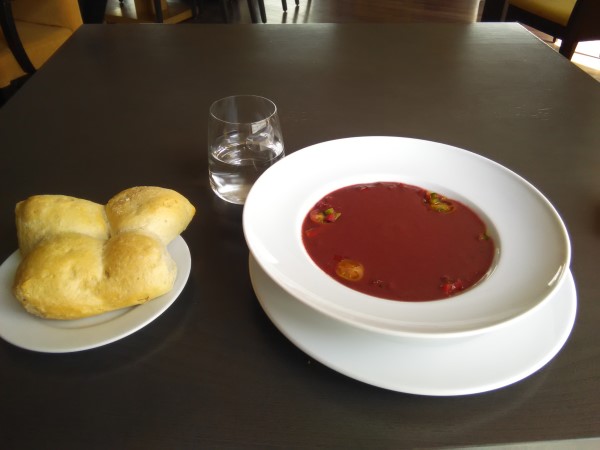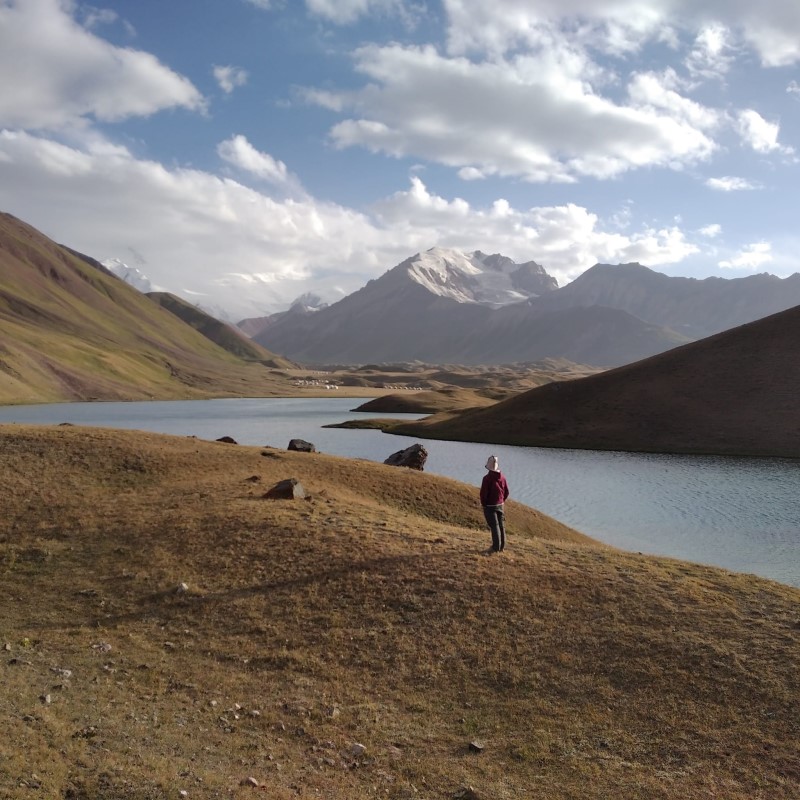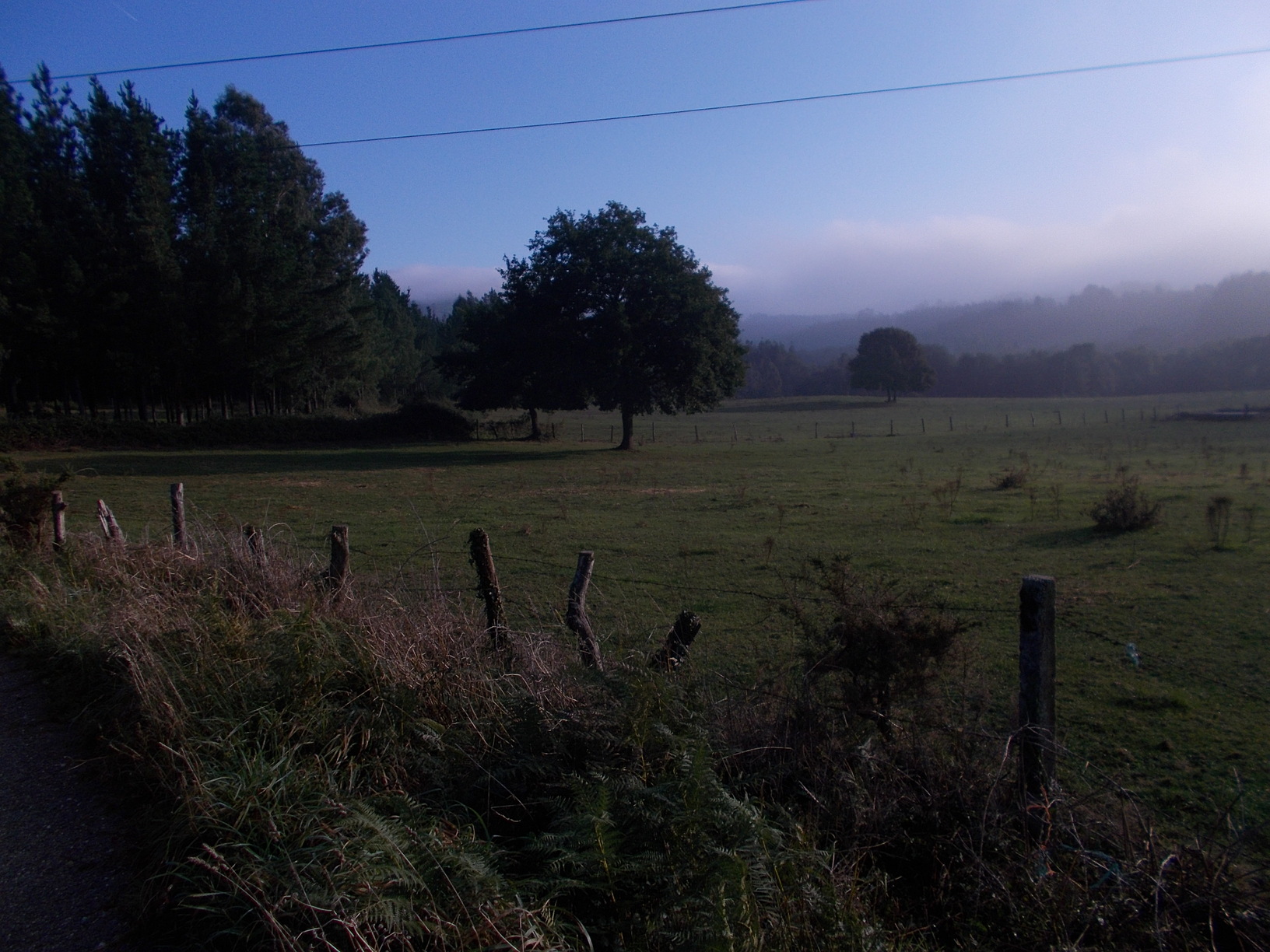If you’ve been to different countries of the world, you know for sure that it isn’t always free to walk in a forest, yet alone to hike some trail. Fees range from symbolic $1 (in local currency) to outrageous fees like $25,000 for being able to go to Mount Everest. And while most of these fees are justified–for preservation of the trails and national parks, in certain cases they end up in dirty hands of some corrupt officials who use them for their own benefit, instead of for the benefit of the nature. But it isn’t what I want to talk about now :). Whether or not you have to pay to do the walk (and how much) may have an impact on your decision to do it at first place. So, what is the situation with Camino de Santiago? Do you have to pay to walk the Camino?
The quick answer is NO, and it applies to all official Caminos in Spain. There isn’t a single Camino in Spain where you’d encounter some gatekeeper who would ask you to pay a fee to continue walking towards Santiago. The only “fee” you have to pay is at the beginning for the credential, the pilgrim passport, though in some locations they will donate it to you or free (as it happened to me in Seville for example). Of course, even if they give you the credential for free, it is a food idea making a small donation to the church (for example 2 euro, or more if you can afford it)… While you do not have to pay to do the Camino though, it is hard to do this walk with no money, as some ancient pilgrims did. It is impossible though? And what actually do you HAVE to pay for while walking the Camino? We will try to find the answers on the following lines.
Table of Contents
You can do the Camino without paying for accommodation, but a lot of planning and a good sleeping bag is necessary to do so.
I’ve met a few pilgrims over the years who, for one reason or another, didn’t pay for accommodation on the Camino. Someone just wanted to prove their point, another one was traveling with three dogs and a kid (and sleeping outside each day–check my article on camping on the Camino to see how easy or difficult that is), and I also recall a monk who didn’t have any money on him.
You probably already know that you will find quite a few “donativo albergues” in Spain (check my article on them here: donativo concept explained). While donativo doesn’t mean free, historically the concept was intended also for people like sinners and prisoners, pilgrims who did not have any money. It allowed them to do their penance and seek forgiveness while journeying to Santiago with empty pockets.
And while the Camino has evolved a lot since then, donativo albergues still exist, and you can sleep there for free. You won’t find a donativo in every village, or even on every 20-40 kilometers. But if you’re open to combining sleeping outside (either in a tent or bivouacking) with two-three nights in a donativo albergue a week (for shower and some socialization), it can be done, and you can definitely reach Santiago without ever paying for accommodation.
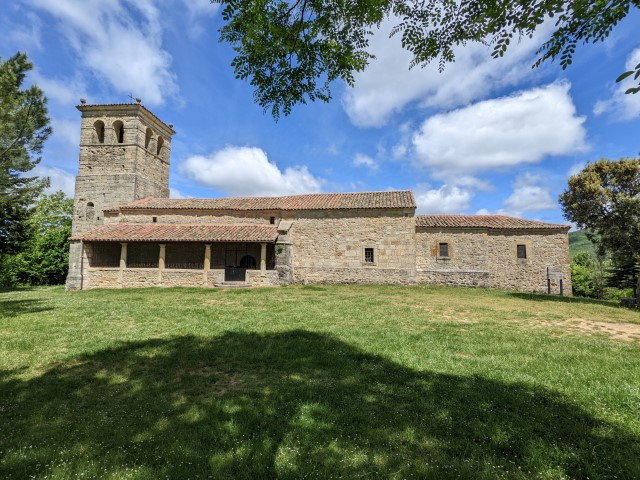
– If you ever wondered how anyone can sleep outside on the Camino without carrying a tent, the answer is simple: churches. They dot every Camino in Spain (after all it is originally Catholic pilgrimage), and in many cases you can sleep under the patio, being protected from rain or dew. I personally spent quite a few nights on the Camino sleeping under the roof of a church (not because I traveled on budget, but because I didn’t find a space in an albergue), and not a single time did I encounter any problems with police or something similar…
Paying for food, or living entirely from the land and hospitality of pilgrims and locals: Is it possible on the Camino?
Spain is a slowly drying out (due to climate change), but it is still country rich in fruits & veggies & nuts (especially almonds) and all sorts of edible berries and plants. Many years ago I’ve met a pilgrim doing Camino Frances in September/October, who lived almost entirely from a land, and an invitation for a dinner here and there. She picked a lot of nuts, grapes, and all sorts of wild berries. Obviously in many albergues you get also a dinner (sometimes paying for it sometimes not), and when you are good-looking and have charisma like she had, someone will often invite you for a lunch, or at least for some tapas.
I also heard a story of a Polish guy with a huge backpack (90 liters, if you can imagine), weighting about 35-40 kilos, who carried enough dry food to sustain him for the duration of the Camino. Needless to say this was a special case. The guy was trying to cure his gambling addiction while walking in Spain, and he knew that if he had money on him, he’d spend them in the first casino he’d encounter in any bigger city along the way. Regretfully I did not meet him in person, but I always remember this story (told to me by other pilgrim who met him) as a good example of doing the Camino without paying anything for food at all. Needless to say, a good looking guy from Poland carrying a huge backpack and trying to cure his addiction attracts a lot of sympathy of fellow pilgrims, and no doubt he got many invitations for lunch along the way…
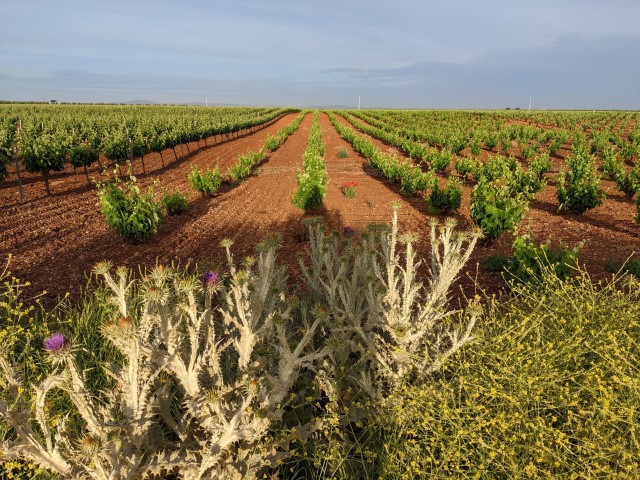
– Vineyards are abundant in many provinces of Spain. Walking the Camino, the are whole stretches where you can live for days on the grapes only–if you’re there in the season… Of course, this isn’t something I recommend doing (especially bearing the heavy use of pesticides in Spain), but it is an option for someone doing the Camino with no money… (note: this is technically stealing, but if you take one bunch of grapes in the morning, launch, and evening, I don’t think someone will persecute you).
Doing the Camino without paying for transport
You have to go to Spain and back to your country. Now this is tricky to do without paying for a flight ticket, if you come from US, for example :). If your from Europe or Asia, however, you can hitch your way there and back. And while hitchhiking is forbidden in many countries of the West, and “not a thing” in some countries, including Spain (locals virtually never hitchhike), I’ve met a couple of pilgrims who arrived to Spain hitchhiking, not spending a single euro on their travel to and from the Camino.
Sure, it can take you a week instead of 3-5 hours it would take on a flight, but everything depends on your budget, time, and sense for adventure. If you’re in no hurry, want to save as much as possible, and do not mind spending some nights sleeping alongside the road or under some bridge, it can be done, as other pilgrims have proved.
Final thoughts: You do not have to pay anything to do the Camino, but I strongly suggest you to have at least some budget
As you can see, in theory it is possible to do the Camino without spending a penny, including traveling to and from Spain. Or with a very small “security budget”, like 100-200 euro. However, this includes many sacrifices, uncertainty, and perhaps also a lot of stress, unless you are used to a life of a vagabond, and can sleep on bare ground, and live from berries, nuts, fish you catch in the river, and an occasional invitation for a lunch from another pilgrim. I had times in life when I was forced (for a short time) to try this lifestyle, and I can certainly tell you it sounds more romantic than it really is…
If you want to enjoy the Camino, without constantly worrying about what you will eat or where you will sleep, it is good to have a budget of 30 euro/day at least. If you want to have more flexibility, and enjoy some small luxuries along the way (an ice cream or a cake here and there, occasional night in privacy in hotel, etc), you should count with a budget of 50 euro/day in average. Of course you won’t spend that much each day, but on some days you’ll spend more and on some less.
To conclude this post, I want to emphasize that people living on the Camino and making it possible (people owning and running pilgrim hostels, including donativo albergues, people with small shops and restaurants, etc) also have their bills to pay. If everyone tries to do the Camino for free, or with minimal expenses, the concept of Spanish pilgrimages as we know it today will soon cease to exist. Hence if you can afford it, be generous. And if you cannot afford it, or find yourself without any funds, I hope this article helped you to understand how to minimize your expenses, or perhaps even do the Camino without paying for anything. Enjoy your walk!
Matej
May also interest you:



![Ultralight Packing List for Camino de Santiago [2025 Edition]](https://caminolovers.com/wp-content/uploads/2022/03/altra-shoes-640-x-480.jpg)
